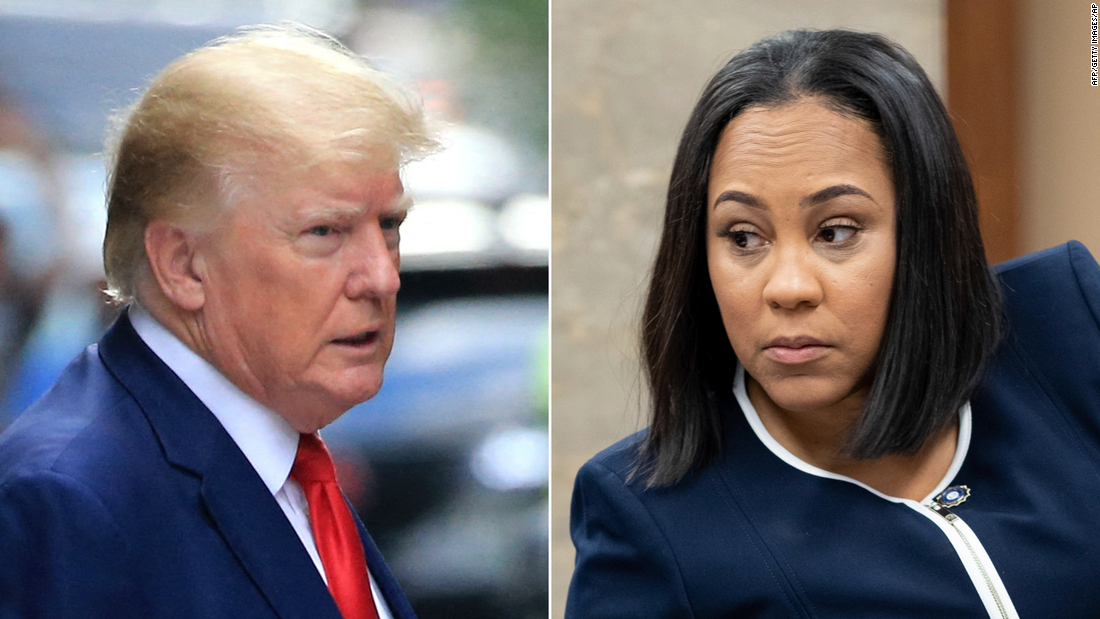Types of Home Insurance Policies
Explore the different types of home insurance policies, from basic HO-1 to comprehensive HO-5. Learn about coverage, exclusions, and how to choose the right plan for your needs.

Home insurance is essential for safeguarding your property and belongings against various risks, such as fire, theft, or natural disasters. However, not all home insurance policies are created equal. Different policies offer different types of coverage, ranging from basic protection to more comprehensive plans. Understanding the types of home insurance policies available can help homeowners choose the right coverage based on their specific needs.
In this article, we will explore the various types of home insurance policies, what each policy covers, and who they are most suited for.
1. HO-1: Basic Form
The HO-1 Basic Form is the most limited type of home insurance policy, often referred to as "bare-bones" coverage. It only covers specific, named perils, which means that the policy will only pay out if the damage is caused by one of the listed risks.
Perils typically covered under HO-1:
- Fire or lightning
- Windstorm or hail
- Theft
- Vandalism
- Explosions
- Riots
- Damage caused by vehicles or aircraft
- Smoke damage
Who is it for? The HO-1 policy is not commonly available anymore due to its limited coverage. It may appeal to homeowners looking for minimal insurance protection and those who want to save on premiums. However, it does not cover more comprehensive risks like water damage, which makes it less favorable for most homeowners.
2. HO-2: Broad Form
The HO-2 Broad Form offers more coverage than the HO-1 policy but is still limited to named perils. Like HO-1, HO-2 only covers losses caused by specifically listed events.
Commonly covered perils in HO-2:
- Everything covered in HO-1
- Falling objects
- Weight of snow, ice, or sleet
- Water overflow from household systems (e.g., plumbing, heating, air conditioning)
- Electrical surge damage
- Sudden tearing, cracking, or bulging of pipes or other household systems
Who is it for? HO-2 is suitable for homeowners who want broader coverage but are comfortable with a policy that covers only listed risks. It offers a middle ground between the HO-1 and the more comprehensive HO-3.
3. HO-3: Special Form
The HO-3 Special Form is the most common type of home insurance policy. It offers comprehensive protection by covering all perils to the structure of the home unless explicitly excluded. However, personal property within the home is still covered on a named-peril basis.
Perils typically excluded from HO-3 coverage:
- Flooding
- Earthquakes
- Power failure
- War and nuclear hazards
- Intentional damage
Who is it for? HO-3 is the go-to policy for most homeowners because it strikes a balance between affordability and broad coverage. Homeowners with valuable homes and those looking for extensive protection for the dwelling should consider HO-3. It is also customizable, allowing policyholders to add extra protection for excluded perils like floods or earthquakes.

4. HO-4: Tenant’s Form (Renter’s Insurance)
The HO-4 Tenant’s Form is designed for renters. It does not cover the building itself, as that is typically the landlord’s responsibility, but it does protect the renter’s personal belongings and provides liability coverage.
Coverage typically included in HO-4:
- Personal belongings against named perils (e.g., fire, theft, water damage)
- Liability protection for injuries or damages caused by the tenant
- Additional living expenses (ALE) if the rental becomes uninhabitable
Who is it for? HO-4 is ideal for tenants who want to protect their personal belongings and guard against liability risks. It’s essential coverage for renters, ensuring their possessions are protected even if the building is insured by the landlord.
5. HO-5: Comprehensive Form
The HO-5 Comprehensive Form provides the most extensive coverage of any standard home insurance policy. Unlike HO-3, which only covers personal property against named perils, HO-5 covers both the dwelling and personal property on an open-peril basis. This means everything is covered unless it is specifically excluded.
Typical exclusions in HO-5:
- Floods
- Earthquakes
- Neglect or poor maintenance
- War and nuclear events
- Intentional damage
Who is it for? HO-5 is ideal for homeowners with high-value homes or expensive personal property, as it provides comprehensive protection against most risks. It is more expensive than HO-3 but offers peace of mind with its broader coverage for both the home and personal belongings.
6. HO-6: Condo Insurance
The HO-6 Condo Insurance policy is designed specifically for condominium owners. Condo insurance protects the unit’s interior and personal property while also offering liability coverage.
Coverage in HO-6 typically includes:
- Interior walls, floors, and ceilings of the condo unit
- Personal property
- Liability coverage for injuries or property damage caused by the condo owner
- Loss of use (additional living expenses if the condo becomes uninhabitable)
Who is it for? HO-6 is essential for condominium owners because the condo association’s master policy usually only covers the building’s exterior or common areas. HO-6 ensures that the individual unit and its contents are protected.
7. HO-7: Mobile Home Insurance
The HO-7 Mobile Home Insurance policy is similar to the HO-3 policy but is tailored for mobile or manufactured homes. It provides open-peril coverage for the structure and named-peril coverage for personal property.
Who is it for? HO-7 is specifically designed for owners of mobile or manufactured homes. It offers broad protection against most risks while considering the unique needs of mobile homes.
8. HO-8: Modified Coverage Form
The HO-8 Modified Coverage Form is a specialized policy for older homes where the replacement cost exceeds the home’s actual market value. Rather than paying for the full replacement cost, the policy pays for repairs or replacements up to the home’s actual cash value, which takes depreciation into account.
What HO-8 typically covers:
- Fire
- Theft
- Vandalism
- Explosions
- Windstorm or hail
- Vehicles or aircraft
Who is it for? HO-8 is tailored for owners of historic or older homes that may have unique materials or designs that are difficult to replace. Instead of paying to fully restore a home to its original condition, HO-8 provides coverage that reflects the home's current market value.
9. Special Considerations for Home Insurance Policies
While understanding the different types of home insurance is crucial, homeowners should also consider additional factors when choosing coverage:
-
Flood and Earthquake Coverage: Most home insurance policies, including HO-3 and HO-5, exclude natural disasters like floods and earthquakes. Homeowners in high-risk areas should consider purchasing separate flood or earthquake insurance.
-
Endorsements and Riders: You can customize your home insurance policy with endorsements or riders to cover specific items like jewelry, artwork, or antiques, which might not be fully covered under a standard policy.
-
Deductibles: Choosing a higher deductible can reduce your premium, but it also means you'll pay more out-of-pocket in the event of a claim. It's essential to strike a balance between affordable premiums and manageable deductibles.
-
Replacement Cost vs. Actual Cash Value: Policies may pay for either the replacement cost (the cost to replace your home or items with new ones) or the actual cash value (which accounts for depreciation). Replacement cost coverage generally provides better protection but may come with higher premiums.
Choosing the right type of home insurance policy is critical to protecting your home and assets. From the basic HO-1 to the comprehensive HO-5, each policy offers different levels of protection. The key is to assess your personal needs, the value of your home, the risks associated with your location, and your budget. Whether you're a homeowner, renter, or condo owner, there's a policy designed to meet your needs and provide peace of mind in the event of an unexpected disaster.
What's Your Reaction?




























































